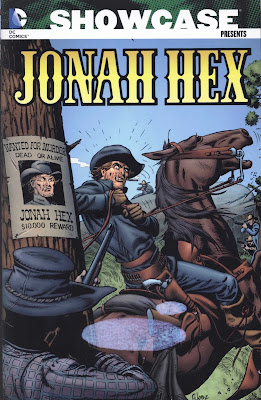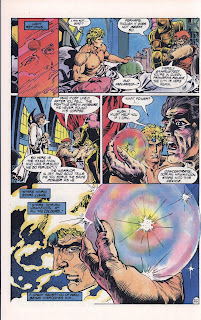3 / 5 Stars
'SuperManChu' (139 pp) was published in April, 1974 by Ballantine Books.
[The novelization is based on the super low-budget 1973 Kung Fu film The Stormy Sun.]
It's a measure of how popular the whole Kung Fu experience had become by the start of 1974, that a paperback novelization of the film would be issued to capitalize on the craze sweeping the popular culture in the US.
(Later that year, for example, the song Kung Fu Fighting by Carl Douglas would top the charts in the US, and one of Marvel's best-selling comic books was The Hands of Shang-Chi: Master of Kung Fu. )
The plot of 'SuperManChu' is a standard revenge tale: Han Ching is a modest young man who works at a country inn owned by his parents. One day, while Ching is out getting water from a distant spring, a group of fast-living gangsters, led by the evil Lee Ta-yeh, decide to stop at the inn. After downing some wine, the thugs seek the favors of Yu-lan, Han Ching's sister; when she refuses their advances, mayhem ensues....... and Ching's parents and sister are brutally murdered.
Returning to the hotel from his excursion to the spring, Ching is horrified to see the carnage inflicted by Lee Ta-yeh and his thugs. Ching vows to travel to the city and revenge the deaths of his loved ones.
Lee Ta-yeh and his gang at first dismiss Han Ching as a simpleminded country boy, easy fodder for elimination. But what Lee Ta-yeh and his fellow thugs don't know is that Han Ching has studied Kung Fu......and when it's time for battle, Han Ching becomes SuperManChu..........!
Super cool !
Super quick !
Super deadly !
I won't give away any spoilers, save to say that SuperManChu will have to take on an array of villains before he can exact any revenge on Lee Ta-yeh and his thugs.
Author Sullivan does a good job of keeping the narrative rolling along, staying true to the script of the film and avoiding any over-writing. It's about all one can ask from a novelization.
Along with a section of black-and-white stills from the film, interestingly, 'SuperManChu' has an Introduction, written by Sullivan along with Han Bing-soo (1933 - 2007), master of hapkido whose role in popularizing and promoting the discipline in the US made him the Korean analog of Bruce Lee.
Han Bing-soo was responsible for supervising the fight scenes in the 1971 film Billy Jack.
In the introduction, Han Bing-soo and Sullivan review various Asian martial arts disciplines, stances (depicted using a series of line drawings), and philosophies.
The verdict ? I can't call 'SuperManChu' a must-have, but if you see it on the used bookstore shelves, and you're a fan of 70s pop culture, then it's worth picking up.






















































































